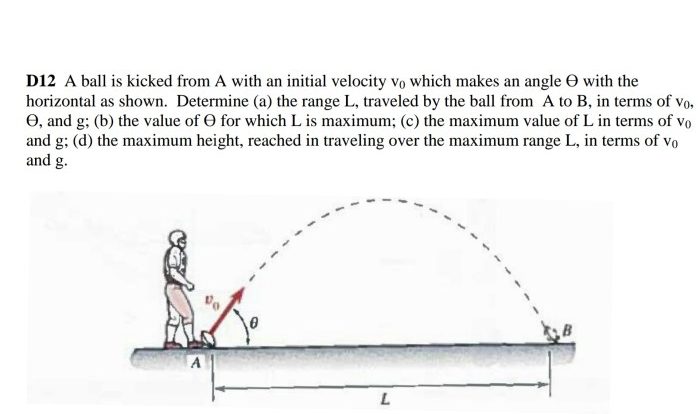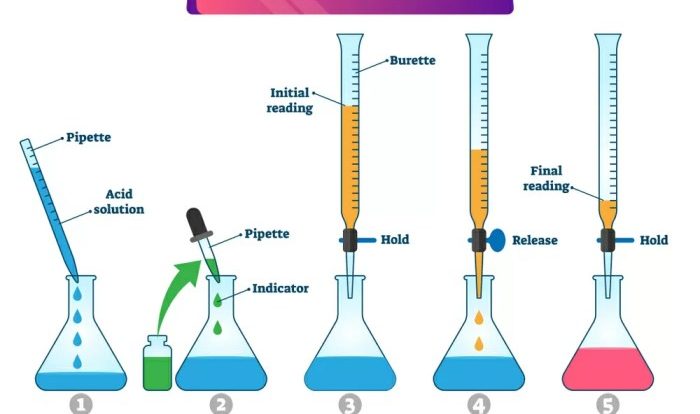Dive into the captivating world of atomic structure with our comprehensive Parts of the Atom Pogil Answer Key. This meticulously crafted guide unveils the fundamental components of matter, providing a clear and concise understanding of the subatomic realm.
Delve into the structure of atoms, explore the significance of subatomic particles, and uncover the intricacies of the Bohr and quantum mechanical models. Prepare to embark on an enlightening journey that will illuminate the very essence of the universe.
Key Components of an Atom
An atom is the fundamental building block of matter. It consists of a dense central nucleus surrounded by a cloud of electrons.
The nucleus contains two types of subatomic particles: protons and neutrons. Protons have a positive charge, while neutrons have no charge. The number of protons in an atom determines its atomic number, which identifies the element.
Electrons are negatively charged particles that orbit the nucleus. They are much lighter than protons and neutrons, and their number is equal to the number of protons in a neutral atom.
Subatomic Particles
| Particle | Location | Charge |
|---|---|---|
| Proton | Nucleus | +1 |
| Neutron | Nucleus | 0 |
| Electron | Electron cloud | -1 |
The subatomic particles of an atom play vital roles in its properties and behavior. Protons and neutrons provide the atom with its mass, while electrons determine its chemical reactivity.
Bohr Model of the Atom: Parts Of The Atom Pogil Answer Key
The Bohr model of the atom, proposed by Niels Bohr in 1913, was a revolutionary concept that described the structure of atoms based on quantum theory. It introduced the idea that electrons orbit the nucleus in discrete, quantized energy levels.
According to the Bohr model, electrons occupy specific energy levels, each corresponding to a particular distance from the nucleus. The energy levels are labeled with principal quantum numbers (n), ranging from 1 (closest to the nucleus) to higher values as the distance increases.
Energy Levels and Electron Configurations
Each energy level can hold a specific number of electrons, determined by the formula 2n 2. For example, the first energy level (n=1) can hold up to 2 electrons, the second energy level (n=2) can hold up to 8 electrons, and so on.
The electron configuration of an element refers to the distribution of its electrons across the different energy levels. For example, the electron configuration of hydrogen (atomic number 1) is 1s 1, indicating that it has one electron in the first energy level (n=1) and the s subshell.
Illustration of the Bohr Model
The Bohr model can be illustrated as a diagram with concentric circles representing the energy levels. The nucleus is located at the center, and the electrons orbit the nucleus in their respective energy levels.
The diagram below shows the Bohr model of the hydrogen atom, with the energy levels labeled as n=1, n=2, and n=3:
[Image of Bohr model of hydrogen atom with labeled energy levels]
Quantum Mechanical Model of the Atom
The Bohr model, while successful in explaining some aspects of atomic structure, had certain limitations. It could not explain the fine structure of spectral lines, the behavior of electrons in more complex atoms, or the chemical bonding between atoms.
The quantum mechanical model of the atom, developed in the 1920s, provides a more accurate description of atomic structure and behavior. This model is based on the wave-particle duality of electrons, which means that electrons have both wave-like and particle-like properties.
Electron Orbitals
In the quantum mechanical model, electrons do not orbit the nucleus in fixed circular paths, as proposed by Bohr. Instead, they occupy three-dimensional regions of space called orbitals. Orbitals are defined by a set of quantum numbers, which describe the energy, shape, and orientation of the orbital.
The shape of an orbital is determined by the angular momentum of the electron. Orbitals with different shapes have different energy levels. The lowest energy orbital is the 1s orbital, which is spherical in shape. Higher energy orbitals have more complex shapes, such as the 2p orbital, which has two lobes.
Properties of Subatomic Particles
Subatomic particles are the fundamental building blocks of matter. They include protons, neutrons, and electrons. Each type of particle has unique properties that contribute to the overall characteristics of an atom.
Properties of Protons
- Mass:1 atomic mass unit (amu)
- Charge:+1 elementary charge
- Location:Nucleus
Properties of Neutrons
- Mass:1 amu
- Charge:0 elementary charge
- Location:Nucleus
Properties of Electrons
- Mass:1/1836 amu
- Charge:-1 elementary charge
- Location:Orbitals surrounding the nucleus
The properties of subatomic particles play a crucial role in determining the properties of elements. The number of protons in an atom defines its atomic number, which uniquely identifies the element. The number of neutrons and electrons influences the isotopes and chemical properties of an element.
Applications of Atomic Structure
Understanding the structure of atoms has had a profound impact on various fields of science and technology. From chemistry and physics to medicine and everyday life, the knowledge of atomic structure has led to numerous advancements.
Chemistry, Parts of the atom pogil answer key
In chemistry, atomic structure plays a crucial role in understanding chemical reactions and bonding. The arrangement of electrons in an atom’s orbitals determines its chemical properties and reactivity. This knowledge enables chemists to predict and design new molecules with specific properties for various applications, such as pharmaceuticals, materials science, and energy storage.
Physics
In physics, atomic structure is fundamental to understanding the behavior of matter at the microscopic level. The study of atomic structure has led to the development of quantum mechanics, which describes the wave-particle duality of electrons and other subatomic particles.
This understanding has paved the way for advancements in fields such as nuclear physics, particle physics, and condensed matter physics.
Medicine
In medicine, atomic structure has revolutionized the field of radiation therapy for cancer treatment. By understanding the interactions between radiation and atoms, medical professionals can precisely target cancerous cells while minimizing damage to healthy tissues. Additionally, atomic structure plays a role in the development of imaging techniques such as X-rays and MRI, which provide valuable insights into the human body for diagnostic purposes.
Everyday Life
Atomic structure also has practical applications in everyday life. For instance, the development of semiconductors, which are essential components in electronic devices, relies heavily on the understanding of atomic structure and quantum mechanics. Semiconductors form the basis of transistors, integrated circuits, and other electronic components found in computers, smartphones, and various other technologies.
FAQ
What are the three main subatomic particles?
Protons, neutrons, and electrons
Where are protons and neutrons located within an atom?
Nucleus
What is the significance of electron orbitals?
They describe the probability distribution of electrons around the nucleus

